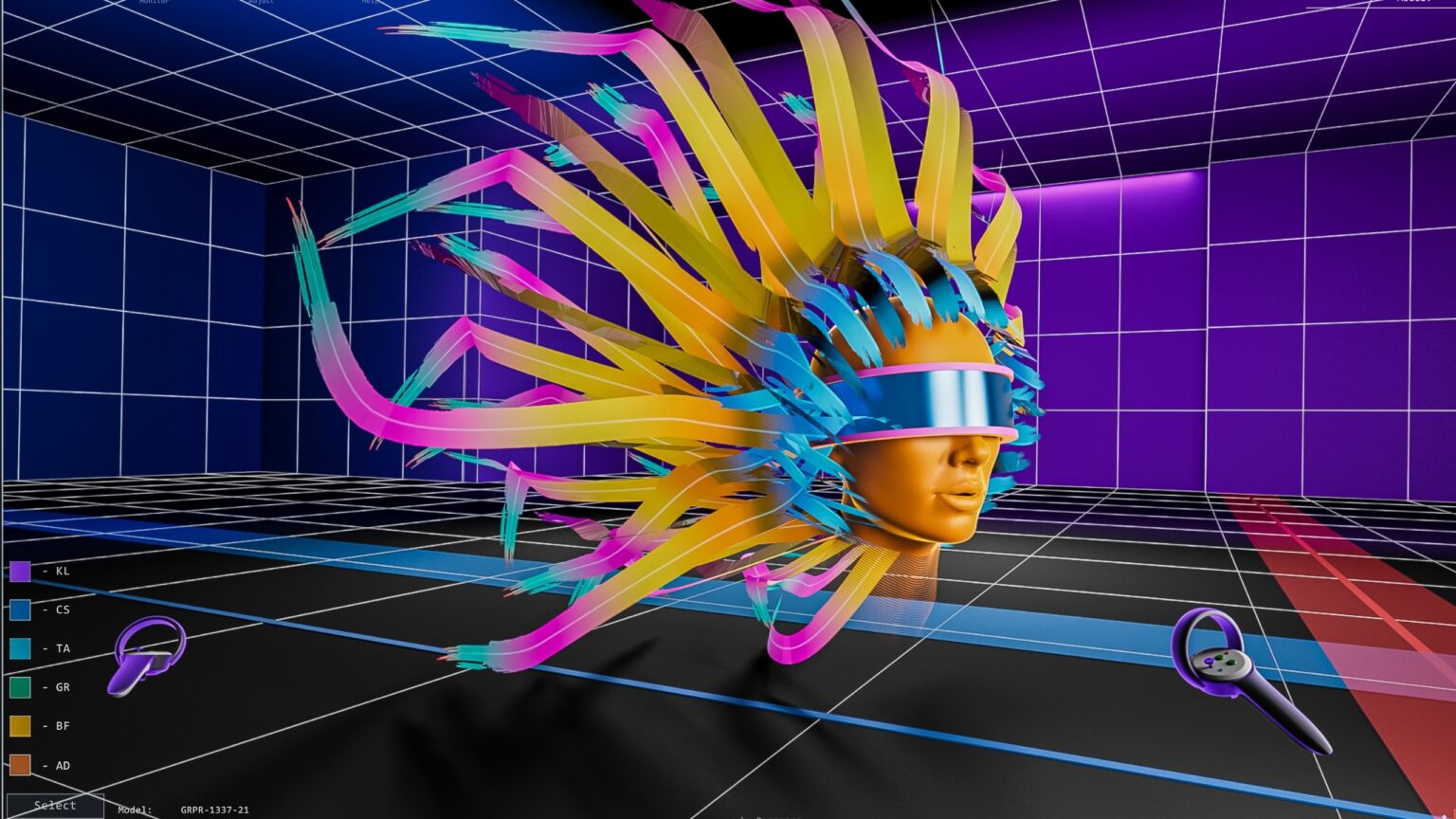While the word metaverse is used loosely to describe a unified virtual world, this is not entirely correct. Currently, there are a great number of platforms that are nothing more than just little islands unto themselves with no connectivity to other virtual spaces, the people, objects and other platforms.
Players at the centre of creating the metaverse and fans of metaverse reckon the metaverse should have some measure of interoperability that allows users to seamlessly navigate from one virtual space to the next pretty much like people do on the web today thanks to the HTTP protocol.
Now, it looks like the Universal Scene Description (USD) protocol might become the foundation of interoperable content and experiences in the metaverse the same way HTML is to the internet today.
Invented by a movie studio
The USD protocol, which was originally invented by Pixar, is a perfect fit for the needs of the metaverse. Nvidia, a power player in the metaverse space, seems to agree.
In fact, Nvidia is rooting for the USD as the “HTML of the metaverse.”
The HTML forms a description of a webpage that can be hosted on the internet, and is retrieved and rendered locally by a web browser.
“The most fundamental standard needed to create the metaverse is the description of a virtual world. At Nvidia, we believe the first version of that standard already exists. It is the Universal Scene Description (USD)—an open and extensible ecosystem for describing, composing, simulating, and collaborating within 3D worlds,” writes Nvidia’s Rev Lebaredian and Michael Kass.

Browser protocol
It is envisaged that with some sort of a ‘USD browser’, the protocol could become the common method to define virtual spaces and make it easy for anyone to decipher and render.
USD includes features necessary for scaling to large data sets like lazy loading and efficient retrieval of time-sampled data. It is extensible, allowing users to customize data schemas, input and output formats, and methods for finding assets.
“In short, USD covers the very broad range of requirements that Pixar found necessary to make its feature films,” Rev says.
Pixar created the USD protocol in order to make collaboration on presumably complex 3D animation projects much easier, and open-sourced it in 2015.
In other words, the USD is not just another file format for 3D geometry.
It describes a complex scene with various objects, textures, and lighting and can also include references to assets “hosted elsewhere, property inheritance, and layering functionality” which allows non-destructive editing of a single scene with efficient asset re-use.
But in order for the USD to become the protocol powering the metaverse, it will need to evolve so that it can meet the needs of the metaverse.
Several stakeholders
They are many others who share the conviction that the USD has a major role to play in the coming metaverse.

The notion has led to the formation of the Metaverse Standards Forum, a forum Nvidia and thousands of other companies are members of. This suggests strongly that the USD will be a foundation for interoperable virtual spaces and experiences.
Nvidia is developing a glTF interoperability that will allow glTF assets to be referenced directly by USD scenes. This, essentially means that users currently using glTF will be able take advantage of the composition and collaboration features of USD without altering their existing assets.
Its not just Nvidia backing the adoption of USD as the main metaverse protocol.
Khronos Group, the group backing the OpenXR standard, is also pushing to assemble other XR industry players to embrace interoperability standards for its “open and inclusive metaverse.”
Broad consensus
Metaverse Standards Forum was founded by platform holders, hardware companies, engine creators, and users, with participants including companies such as Adobe, Autodesk, Epic Games, Unity, Meta, Microsoft, Nvidia, Otoy, Qualcomm, and Sony.
The founder’s forum will focus on “practical, actionable interoperability projects that can ‘move the needle’ on aspects of the metaverse that are needed by broad consensus.”
“We are ‘backing the open standard bricks’ for the metaverse, not ‘building the cathedral’,” the Khronos Group says.
The organisers of the metaverse forum say the group will “coordinate requirements and support for existing SDOs developing standards relevant to the metaverse,” with the Khronos Group acting as host.
The Khronos Group has made a name for itself for backing and organizing open standards such as the OpenXR, an open standard developed to make XR applications run across many different XR headsets without developers needing to build different versions of their applications for each headset.
/MetaNews.









 and then
and then